“When it’s time to rebuild I hope the adults will be the foot soldiers and the youth will be the generals. We can give them the tools to lead.” – Diane Wolk-Rogers, Parkland, Florida high school teacher and member of the W.K. Kellogg Foundation’s Solidarity Council on Racial Equity (SCoRE)
When history teacher Diane Wolk-Rogers surveys all of the crises intensified by the novel coronavirus pandemic (COVID-19) – inequities in education, food systems and healthcare – she thinks of the resilience of youth and their ability to be ambassadors for change.
She’s seen firsthand what young people can do if given the right tools.
Wolk-Rogers and her students lived through the horrific school shooting at Marjory Stoneman Douglas High School in Parkland, Florida on February 14, 2018, which claimed the lives of 17 people. Just two years later, some of those same students led the school district’s social-emotional response to the pandemic, hosting weekly livestreams on the Broward County Public Schools website.
“These are the kids who saw the worst of humanity,” Wolk-Rogers explains, “who had to walk past the bodies of their coach, teacher and friends to escape the building.”
“When it’s time to rebuild I hope the adults will be the foot soldiers and the youth will be the generals. We can give them the tools to lead.”
Diane Wolk-Rogers Tweet
240,000 potential leaders
The scene that unfolded that day at Marjory Stoneman Douglas High School could be described as the stuff of nightmares. Except, over the past 20 years, school shootings have become a vivid reality and an enduring trauma for an estimated 240,000 young people in the U.S., according to data published by The Washington Post on Jan. 24, 2020.
Wolk-Rogers didn’t want her students to define themselves as victims.
Or even survivors.
Instead, she saw them as potential leaders who could positively influence the mental health of their friends, parents and others across the country. So, in the Fall of 2018, she created the Mind-Body Ambassadors Club, where students learn – and then teach – self-care techniques using meditation, breathing, physical movement, writing and art. There are now 70 students in the club.
Wolk-Rogers describes students who were depressed, withdrawn and diagnosed with post-traumatic stress disorder (PTSD). Some, struggling with lifelong shyness on top of the grief, had trouble coming out of their shells to reconnect with others. But, after just six weeks of practicing mind-body exercises, she saw each club participant start to turn around.
“I could tell you 70 of those stories,” Wolk-Rogers says with pride.

After just six weeks of practicing mind-body exercises, she saw each club participant start to turn around. “I could tell you 70 of those stories,” Wolk-Rogers says with pride.
In November 2019, several of the club’s ambassadors took center stage at a medical conference and led more than 2,000 doctors through movement exercises they’d learned in the Mind-Body Ambassadors Club.
Arthy Suresh, the club’s president and a junior at Marjory Stoneman Douglas says, “The Mind-Body Club gave our students time and space to really get to know their mental health, because there’s a lot of stigma surrounding that topic. Students now realize it’s good to share your story because everybody’s going through this.”
Living with a hyper-vigilant amygdala
“Ms. Wolk-Rogers, my amygdala is hijacked.” That’s now a commonly-heard phrase within the school community, as students refer to the grey matter in the brain that governs our response to danger. It’s what forces us to act without thinking – to fight, flee or freeze. That’s a good thing in a life-threatening situation, when you have to swerve to avoid a car accident… or hide from a gunman.
But trauma of any kind can cause the amygdala to remain in a state of hyper-vigilance – and then re-activate when there is no danger present. Sometimes, in Parkland, even a daunting chemistry test can trigger it.
Mickella Jean Baptiste, a junior and the club’s communications officer, says there are a lot of triggers at school, “Like fire alarms, when those go off, it’s really stressful and we can’t always sit down and talk about it.”
That’s why she thinks the club’s soft-belly breathing technique, which involves filling your abdomen with air, gained popularity among the student body. “It’s the easiest one, you can do it anywhere. You can just take a few moments, breathe, and try to calm down. It’s good for your nerves.”
A healthy alternative stress reliever, in Wolk-Rogers’ opinion.
“Soft-belly breathing is better than hiding in the bathroom vaping before your chemistry test,” Wolk-Rogers points out. “If we allow young people to stay in victim mode, they’re going to look for self-soothing techniques. They’re going to look to drugs, they’re going to look to alcohol.”
Learning – and passing it on
At the request of the school district’s superintendent, during the summer following the shooting, Washington DC’s Center for Mind-Body Medicine held a training in Broward County, Florida. Though new to mind-body ideas, Wolk-Rogers saw the exercises helping participants find the calm place within themselves. Through advanced training with the Center and continued supervision, Diane became a certified, confident and skilled mind-body instructor.
When school resumed the next fall, she started every session of her world history class with a mind-body exercise. Suresh remembers, “Everybody laughed at first, because we thought it was a little silly. But then after a couple months, I realized world history was the class where I was doing the best. It helped me gather my attention.”
Suresh brought the techniques home to her family. Then, in addition to being the president of the high school’s mind-body club, she helped her brother start a similar one at the University of Miami medical school.
Jean Baptiste also brought the tools home with her. Her mother’s a nurse and the two of them do soft-belly breathing together to combat the stress from her high-intensity job. They’ve found it especially helpful during the COVID-19 pandemic.
Fellow club member, Alexander Miller, also a junior, has been using a technique called imaging to make it through the pandemic. He describes it as “Daydreaming on purpose; it’s just thinking way out there. Usually, when I’m getting ready for a track or cross country meet, I can just imagine myself there and get ready for the moment.”
“But, now that we’re inside all the time, I’ve been using imagery a lot to think about what I’d rather be doing and put myself in other situations. I may be just sitting at my desk, but thinking about being on a beach. It reduces stress.”
Another "new" normal
Wolk-Rogers recognizes the COVID-19 pandemic and stay-at-home orders trigger her students’ post-trauma stress:
“The term ‘the new normal’ came out and that was a trigger for everybody because after the shooting, when we came back to school, everything was called ‘the new normal’. They had ‘new’ teachers and the seats where their classmates had been shot were sitting empty, and there were different ‘new’ rules in place.”
“And now, we have another ‘new’ normal again – these kids are going through it again.”
Right after school shut down for the pandemic, she reached out to her mind-body ambassadors and asked them to support their peers by creating a mindfulness livestream for the entire school district. The tools work for any kind of trauma or grief – the grief of not being able to finish senior year in-person with friends, not going to prom, losing a loved one to the coronavirus, worrying about family members who are on the front lines or witnessing racially-motivated brutality, as in recent weeks.
During these global crises, Wolk-Rogers hopes more students, parents and community members will take up the mind-body tools her students teach. The need for social-emotional and mental healing is global.
“After all this, when we return to our ‘new’ normal, we’re going to see a lot more depression, a lot more suicide if we don’t become self-aware,” she says. “The whole world is going to need to grieve.”
When that happens, she hopes we bring young people to the forefront of recovery. Based on her experience in Parkland, all they need are the tools, space and encouragement to lead.

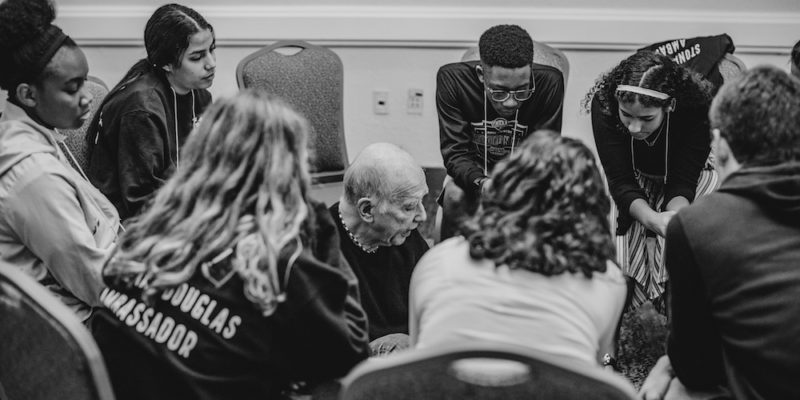
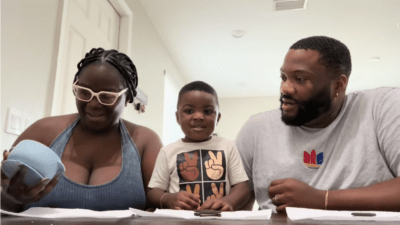
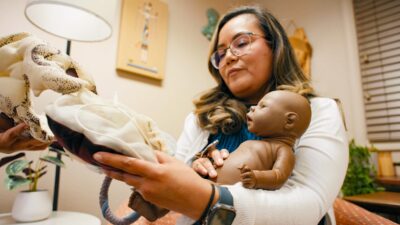
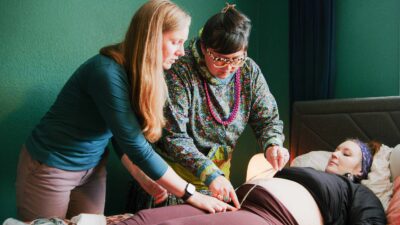

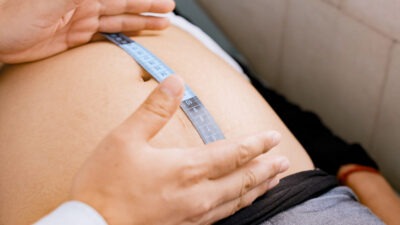

Comments